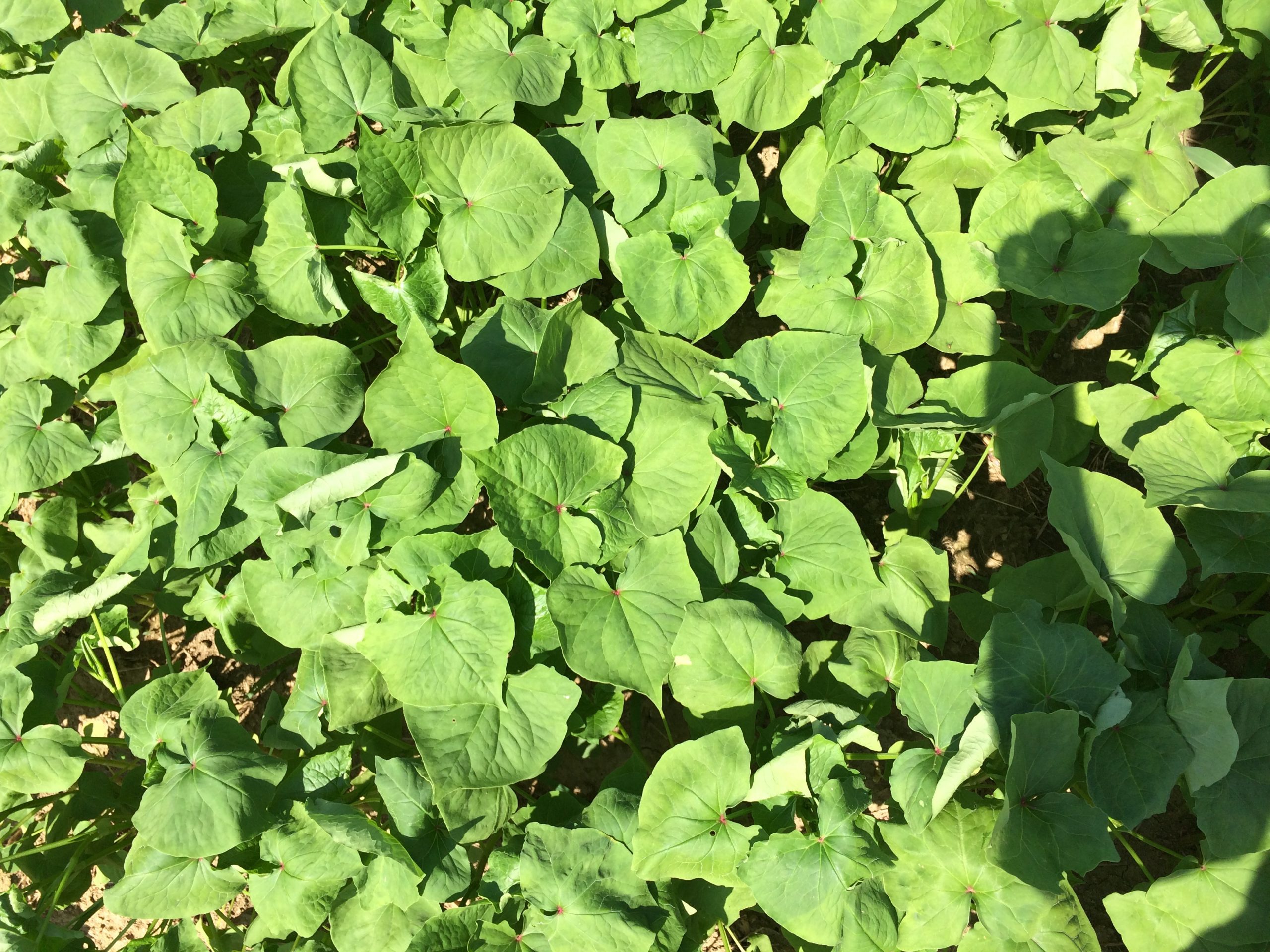Lifago is a European variety of buckwheat that has large leaves for efficient weed smothering, smaller seeds, and later bloom. This variety impresses with high organic matter production and fast early development, and its leafy growth covers the ground very effectively. Lifago is ideal for mulch cropping as it freezes completely, leaving a residue over winter that leaves the soil ready for no -till planting. Lifago does not have adequate nectar production to attract pollinators and beneficial insects, and therefore is best placed as a summer smother crop or break crop. It extracts phosphorus and makes it more available to the following crop.
When planted after tillage, buckwheat can help weaken perennial weeds as well. The seed matures in about 2 to 3 weeks after flowering. Lifago can fit into any rotation any time in late spring through late summer, as temperatures allow.
Buckwheat has a low water requirement and typically doesn’t do well in wet soils. It can tolerate poor fertility as well as a wide range of soil pH. But it is not shade tolerant. Buckwheat can improve soil quality, increasing short term soil tilth, and can be used to prepare fields for transplants. Biomass is very succulent, breaks down quickly, and is easy to no-till plant into. It reseeds easily but is generally not competitive with subsequent crops.
Caution: Don’t plant buckwheat after using these herbicides on the preceding crop: Atrazine, Pursuit (imazethapyr), Sandea and Permit (halosulfuron) and Reflex (fomesafen)
GREAT FOR WILD LIFE FOOD PLOTS
Now Available in 5lb buckets!

